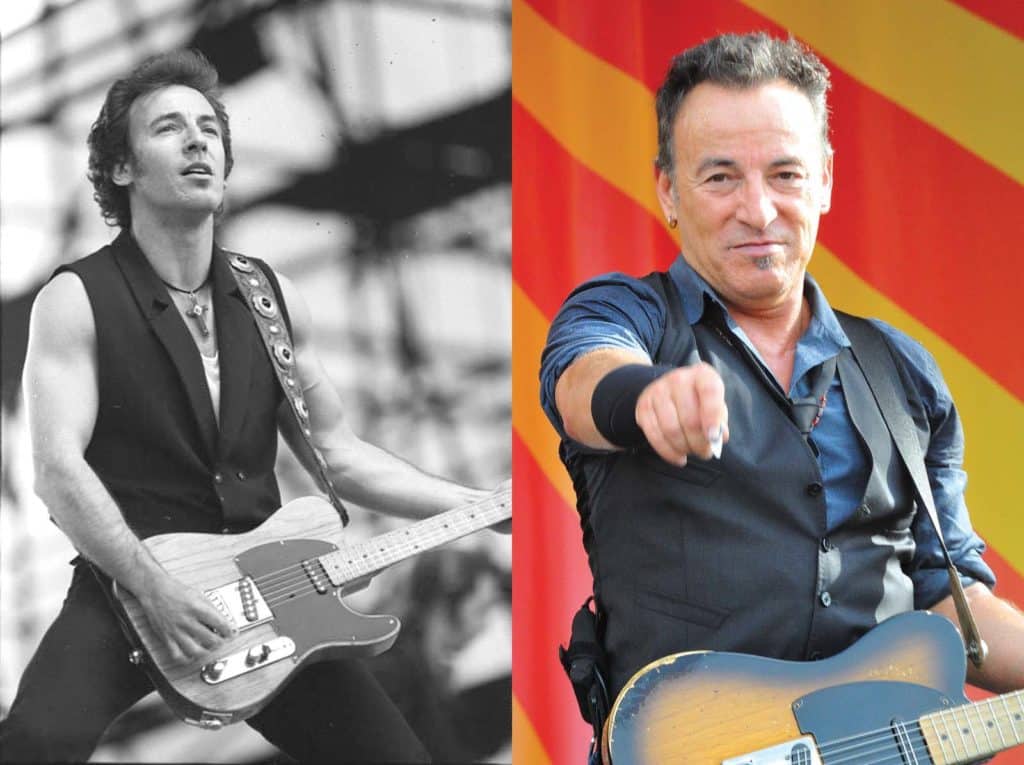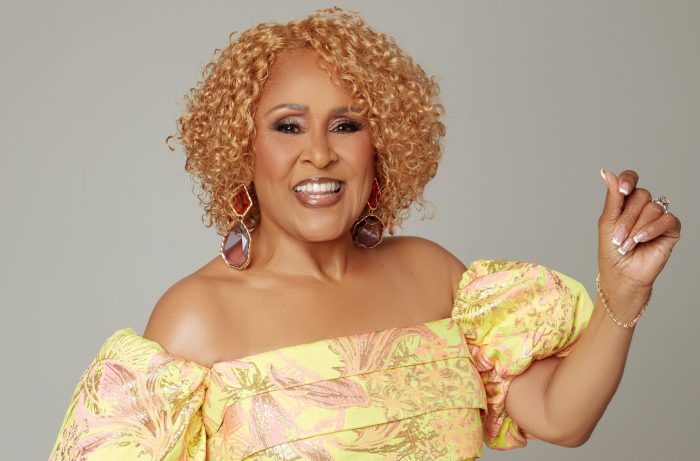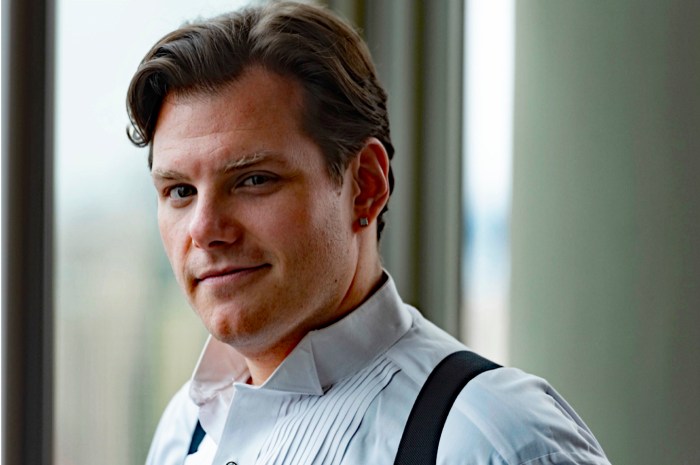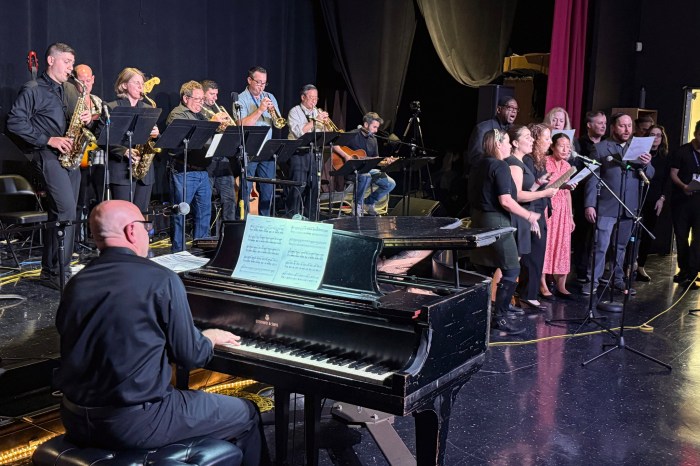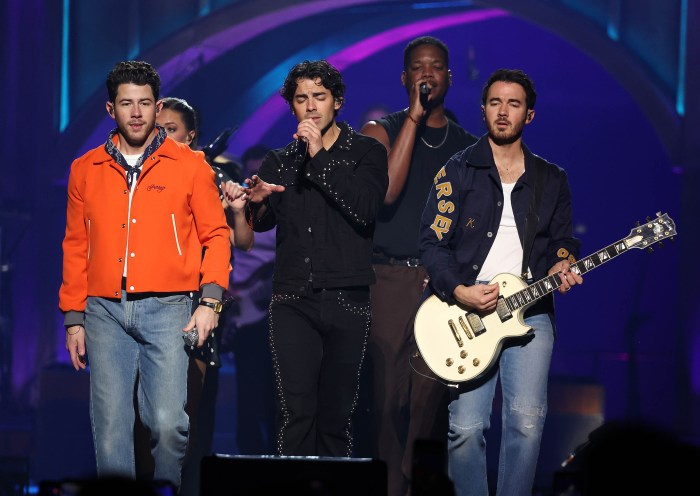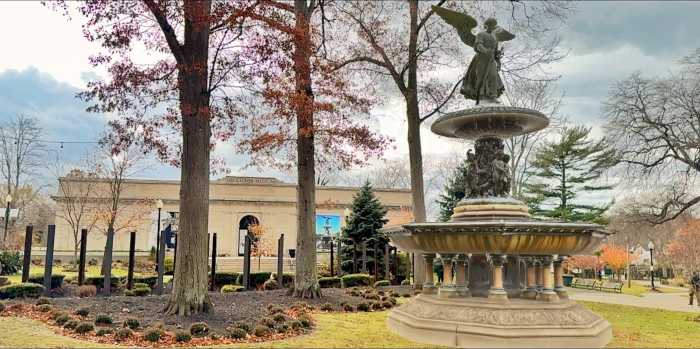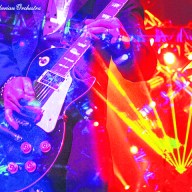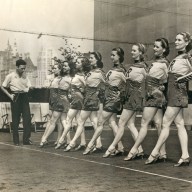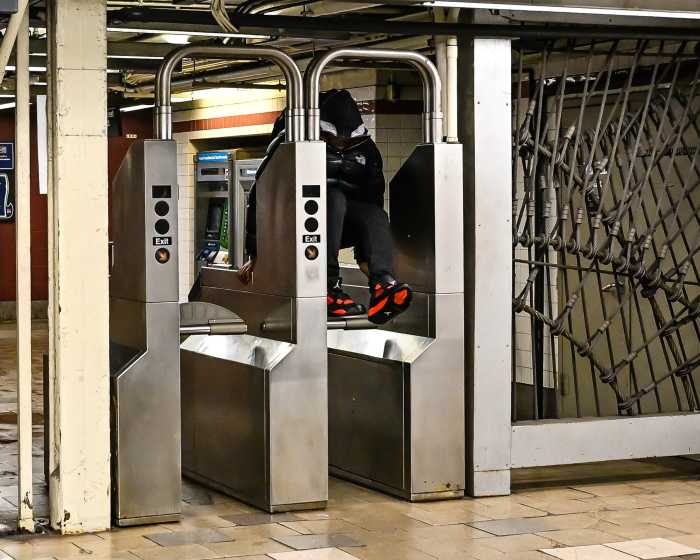
“I wanted it all.”
So blurted out a young Bruce Springsteen during a live concert early in his career.
“You got it,” a female fan answered back.
Wanting it all. For Springsteen, that meant being a songwriter, a singer, a guitarist, a performer and an arranger. Is it true the man is 70? Springsteen can look up and see Paul McCartney and Mick Jagger still performing. This year, he has released his 19th album, Western Stars, reaffirming his romance with the Old West.
The Springsteen story has been told in numerous books and articles, plus the man’s autobiography. Music defined his life. Once the young Springsteen got his hand on a guitar, his destiny was wide open. Springsteen knew what he wanted to do, but this wasn’t doctor/lawyer country. Plenty of kids play guitar on Greenwich Village stages. How many make it to the next step?
Springsteen was self-motivated, but his epic quarrels with his father, a World War II veteran, didn’t hurt, either. By the time Springsteen graduated from high school, the sons and daughters of the working-class were expected to go to college and graduate into white-collar professions. Parents don’t raise their children to be rock stars. A demanding father isn’t easy, but it can provide dividends. At a young age, Springsteen had already put himself into a do-or-die situation.
And it worked. Springsteen grew up mostly on AM pop music fare. Reading Anthony Scaduto’s biography on Bob Dylan also had an impact. It was now possible to have a career as a singer-songwriter, built not around Top 40 tunes, but albums that had something to say. Springsteen was prolific enough to attract true believers, especially Mike Appel, who became his manager. The two later had a falling out, but Appel was intensely dedicated to the young rocker. When Springsteen was first recording and performing, Appel would not allow an interview with his talent unless Springsteen was placed on the cover of the magazine asking the questions.
More important, Appel arranged for an audition with John Hammond, the legendary Columbia Records talent scout who had nurtured the careers of such legends as Dylan, Billie Holiday, Benny Goodman, Count Basie and Pete Seeger. Springsteen’s first two albums were critical successes, but sales were disappointing. With 1975’s Born to Run, Springsteen perfected Phil Spector’s “wall of sound” style, making the breakout album accessible to the public. The Appel Doctrine played a factor. In the same week, Springsteen made the cover of both Time and Newsweek. His weeklong gig at the Bottom Line solidified his standing as the music business’s most energetic performer. Further, his father came through for him. When Springsteen told Douglas Springsteen that he was about to be on both covers, the old man lanced the boil. “At least it won’t be another picture of the president!”
Springsteen was the right man at the right time. With the Altamont concert and the deaths of Janis Joplin, Jimi Hendrix and Jim Morrison, rock music now seemed more violent than pleasing. Springsteen was an innocent, not just with music, but with his theme. For years, New Jersey had been a harmless joke, but Springsteen, in a slew of songs, put a human face on the Garden State and its residents. “Rosalita (Come Out Tonite)” and “Born to Run” are longtime favorites, but I’d pick “Fourth of July, Asbury Park (Sandy),” an affectionate look back at the boardwalk town, as a representative tune.
In subsequent albums such as Darkness on the Edge of Town (1978), Springsteen broadened his horizons, making a Woody Guthrie-like bid to encompass all of America, singing about “the road from Monroe to Angeline” and “a rattlesnake speedway in the Utah desert,” while also sticking to New Jersey and the drag-racing circuit. With 1984’s Born In the USA, Springsteen became a phenom. The title track, about the struggles of a Vietnam veteran, was wildly misinterpreted, but the album fit the celebratory mood of the “morning in America” of the mid-1980s.
Another peak was reached with Tunnel of Love (1987). It was not a major album, but a grown-up one, featuring songs of redemption, fulfillment and such simple joys as the jukebox on Highway 9. The conservative critic John Richard Neuhaus said the recording was as an important event as that year’s Pope John Paul II tour of America.
After the 1988 tour, Springsteen stunned his fans by firing his E Street Band members and relocating in Southern California. Springsteen in Los Angeles? It didn’t make sense, but the man needed a break from the New Jersey hysteria, now being complemented by the supergroup, Bon Jovi. In time, the Boss and his young family would return home.
The era of 1972 to 1987 were his peak years, comparable to Dylan’s golden age of creativity from 1963 to 1975. Throughout the decades, Springsteen has continued to write and perform. Following 9/11, Springsteen scored with a major album, The Rising, with the title track a tragic tale of an ordinary fireman destined to lose his life in the burning Twin Towers. Incredibly enough, the album lost out on the Grammy awards to Norah Jones. From October 2017 to the end of 2018, Springsteen was in residency on Broadway, performing intimate solo concerts at The Walter Kerr Theatre five nights a week.
In recent years, Springsteen has become politically active, campaigning for John Kerry, Barack Obama and Hillary Clinton. Springsteen has boycotted certain states and has threatened to boycott others when state legislatures pass certain bills that don’t meet his progressive standards. The old Springsteen would play at any venue that would take him. Into his seventh decade, Springsteen will continue to write and perform, but it may be before a more limited audience than in his prime years of the 1970s and ’80s.




